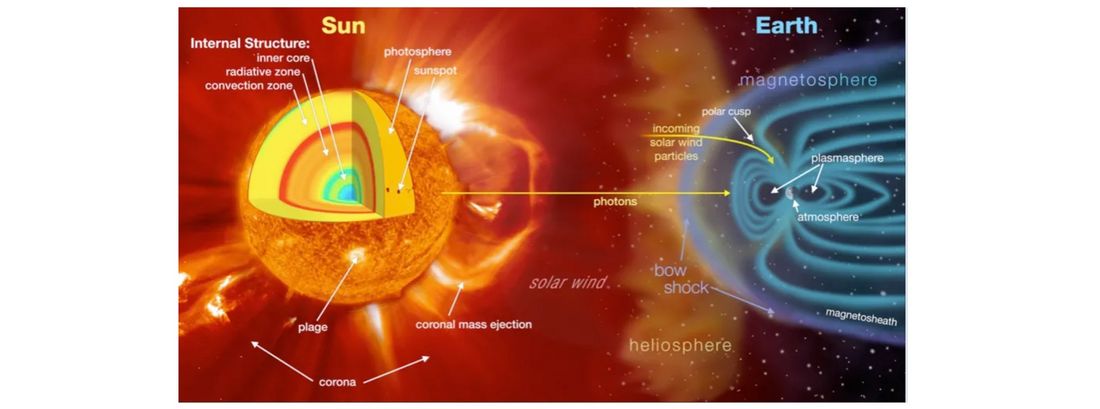Effects Of DC BIAS On Power Transformers
There has been some concern in the electric power industry that Geomagnetically Induced Currents (GIC), i.e. DC-quasi currents, have caused, and may cause in the future, significant overheating damage to large numbers of power transformers installed in some regions of the World and consequently cause large scale and long duration system blackouts, Figure 1. Based on the same principle, other sources of DC bias, depending on the corresponding parasitic DC level, may also similarly affect the transformers, for example, applications involving power electronic components, HVDC, (DC transmission or traction systems).
Members
Convenor (NO)
Dejan SUSA
Secretary (AT)
Johannes RAITH
ZhongRong XU (NL), Dietrich BONMANN, TF Leader (DE), Gary HOFFMAN (US), Geir Morten BJØRGVIK (NO), Reigh WALLING (US), Krishnat PATIL, TF Leader (US), Paul POUJADE (FR), Patrick PICHER (CA), Stefan TENBOHLEN (DE), Carsten KOCZULA (DE), Claes CARRANDER (SE), Seyed Ali MOSAVI (SE), Axel KRAEMER, TF Leader (DE), Thomas PESSO ( FR), Franjo KELEMEN (HR), Pedro LIMA (PT), Peter HAMBERGER (AT), Ke WANG (CN), Zamora BELVER INMACULADA (ES), Afshin REZAEI-ZARE (CA), Dongsheng GUO (UK), William RADASKY, TF Leader (US)
Corresponding Members
Ramsis GIRGIS (US), Wesley TEREK (US), Seung-Wook LEE (KR), Olve MO (NO), Ener SALINAS (SE), Paul JARMAN (UK), Álvaro PORTILLO (UY), Nad MOODLEY (ZA)
Objectives of this Technical Brochure
There have been a considerable number of publications on this subject in recent years. There have also been attempts to specify requirements for operation under permanent or quasi-permanent DC bias (DC bias current; duration; limits in temperature rise of components, reactive power absorption, etc). Moreover, the IEEE Guide for establishing power transformer capability, while under geomagnetic disturbances has been published, (IEEE, 2015). Therefore, it is considered that now is a good time to consolidate this information and present to the power industry a definitive view on the effect of these currents on power transformers.
The scope of this Working Group is to address the effect of DC Bias (including GIC) on power transformers and how to prove the transformer withstand capability. Shunt reactor susceptibility to DC Bias will also be addressed.

Figure 1 - Illustration of GMD development
(from: https://scied.ucar.edu/)
Structure and Content of the Technical Brochure
The Technical Brochure has been written as a guide for the assessment of the effects of DC bias on power transformers to be used in the engineering community. This has been obtained through establishment of eight comprehensive and systematically written chapters each dealing with a specific topic and yet structured together in a complete technical report.
The focus of these Chapters is summarized as follows:
Chapter 1 - State of the art: Phenomena, Sources and Scenarios provides explanation of the geomagnetic disturbances (GMD) by considering their source, behavior, resulting induced geomagnetic field, consequent geoelectric field and finally geomagnetic induced currents and their distribution within a power system. Geomagnetic disturbances which as result induce the geomagnetic currents are only one source of DC bias. Therefore, other phenomena which can cause additional DC bias currents (power electronics, ground return currents from HVDC installations or leakage currents from DC to AC lines are examples of such sources) are also considered and their effect on power transformers is discussed, Figure 2.

Figure 2 - Measured DC bias fluctuations in a transformer near by a DC driven railway (134.4 MVA 220/115/13.2kV)
Chapter 2 - Effect of DC/GIC on Power Transformers, Figure 3, is a comprehensive description of the effects of DC current on power transformers considering GIC initiation and distribution, core saturation, asymmetric magnetization current, DC flux offset, different core designs (e.g. 3-leg, 4-leg, 5-leg) and winding connections. The magnetization current harmonic content is important in the calculation of winding losses and stray losses of transformers. Also, the amplitude of the fundamental component is used to estimate the reactive power consumption of the transformer during a GIC event. As it is known, the no-load losses are related to the core and determined by the linkage flux. The load losses are related to the windings, and metallic structural parts. Winding currents and resultant leakage fluxes determine them. A GIC event affects linkage flux, winding currents, and leakage flux. As a result, a GIC event may lead to over-heating in...



